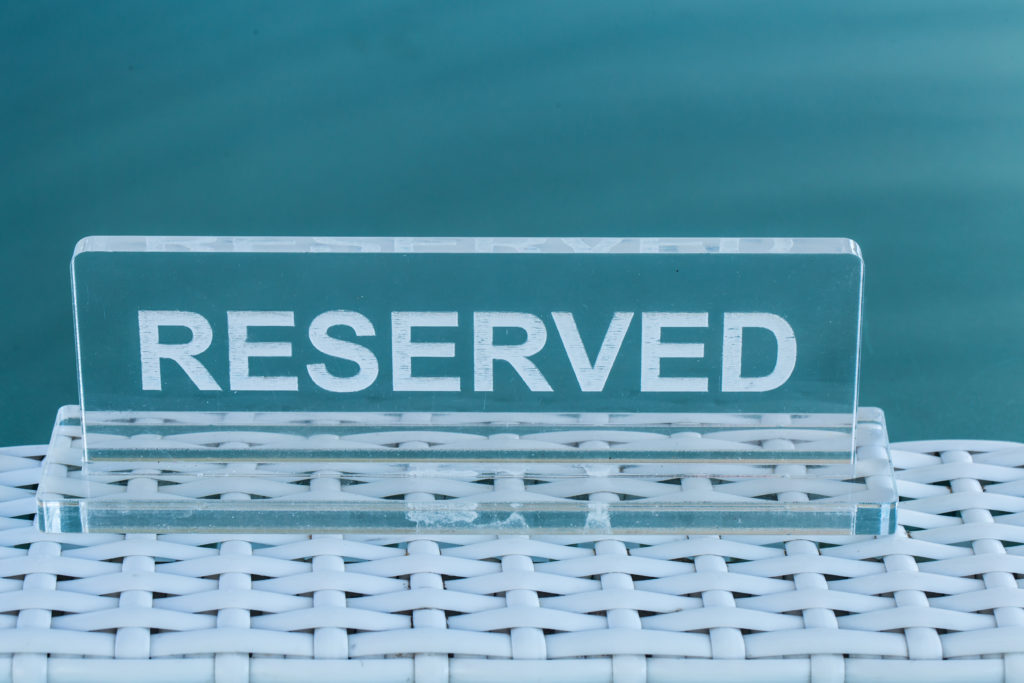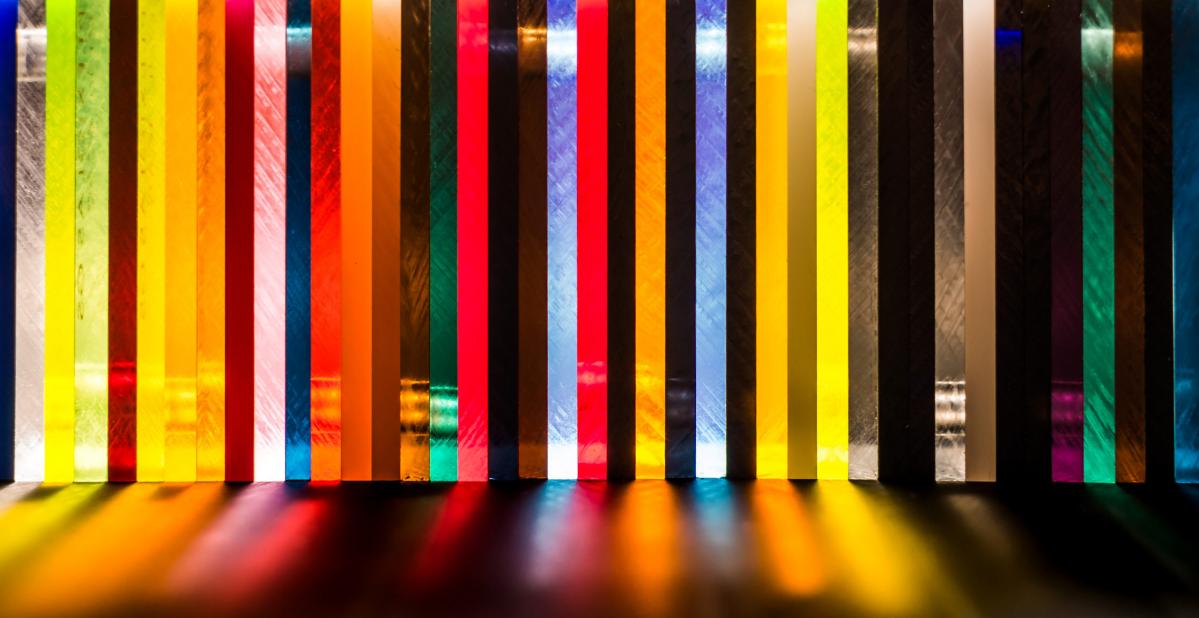Find out the differences between cast and extruded acrylic to best use them for your applications.
Acrylic has many uses in the signage industry in retail signs, displays, trade shows, and many other applications, and is often used in place of glass. It is very hard and impact resistant, scratch resistant, shatter resistant, and easy to polish.
It is also 50% lighter than glass, lets in more light than glass, and is harder to break.
When you shop for acrylic, you’ll come across two different types: cast, and extruded. What’s the difference between the two, and why does it matter to you?
Forming Acrylic
Cast and extruded are made by two different processes that produce similar results. While cast acrylic is made by pouring a hot liquid compound into a mold and then cooled, extruded acrylic is pushed through a long machine like dough that rolls it out and forms it into the desired thickness, texture and color.
Which one is best for your purposes? Today we’ll focus on the differences.
Top 10 Differences Between Cast and Extruded Acrylic

| Cast | Extruded | |
| Cost | Cast manufacturing is more labor intensive and therefore more expensive. | Manufacturing process of extruded makes it more cost effective. |
| Thickness | Available in a larger range of thicknesses | Formed in a single sheet and limited to thinner sheets |
| Heat Bending | Higher melting point and hard to bend or shape | Lower melting point, pliable and soft making it ideal for bending and thermoforming |
| Scratch Resistance | More scratch resistant | Less scratch resistant |
| Laser Engraving | Preferred choice for laser engraving, produces a frosty look with a smooth polished edge that won’t bend or chip during cutting | Less desirable for laser engraving; produces fumes, and susceptible to stress cracks. |
| Strength | Much harder and stronger than extruded, high impact resistance | Softer than cast, not as impact resistant |
| Cutting | More forgiveness when cut and can be cut into any shape | Better for straight cuts. Any other cuts can produce stress cracks |
| Installation | Great for smaller projects and large fabrications relying on durability | Ideal for large projects and uniform uses |
| Flame Polishing | Harder to flame polish | Easy to flame polish |
| Chemical Resistance | Better chemical resistance | Slightly less chemical resistance |
Conclusion
Cast acrylic has an extremely hard surface and can be made into any desirable thickness, making it more versatile for larger structures and installations. It also has a wide range of color and texture options available.
Extruded acrylic has a higher tolerance to heat and bending and can be bent into any desirable shape.
But whatever your signage needs, acrylic is definitely a great choice to go with.
Happy installing!
Need more information? As always, reach out with any questions and for further guidance! Our knowledgeable sales team can help. 718-399-3333.
At S&F News, our mission is to keep you informed on the latest industry trends and tips. Check back often for updates.

